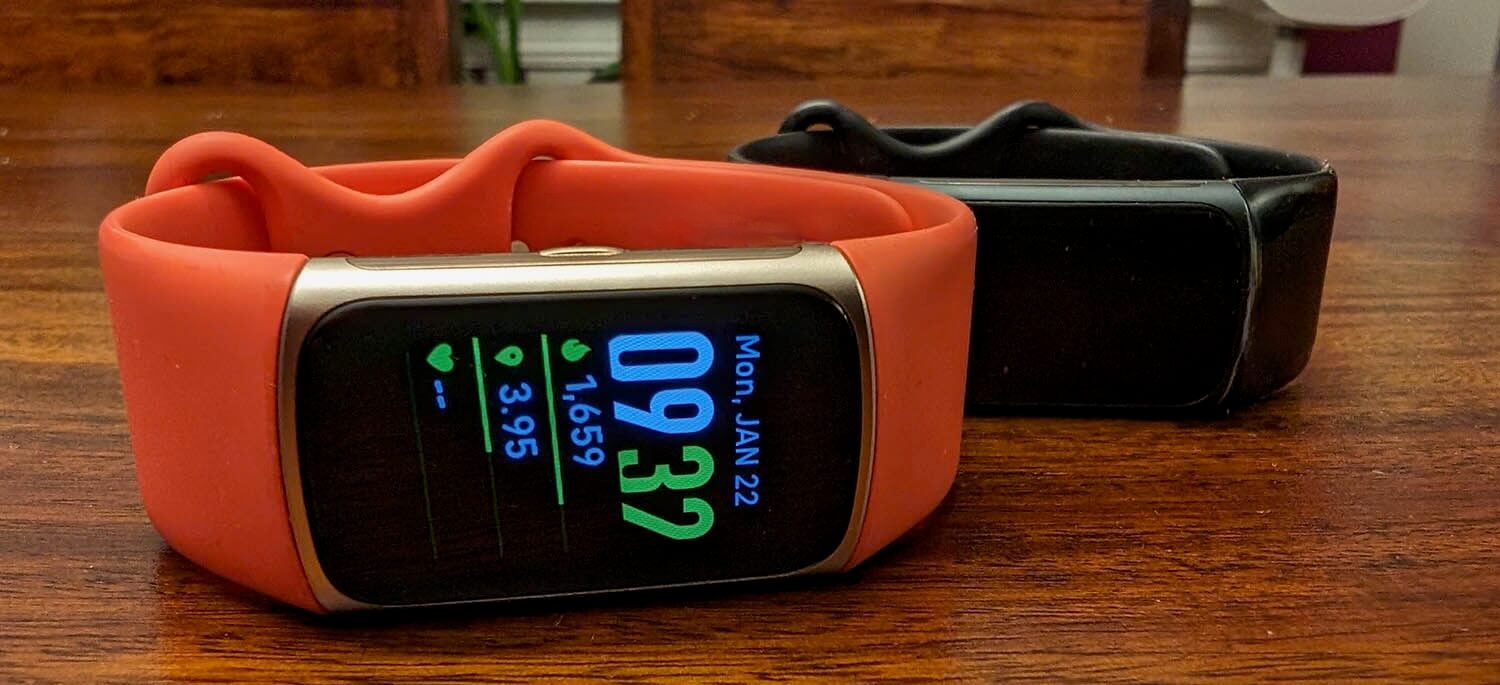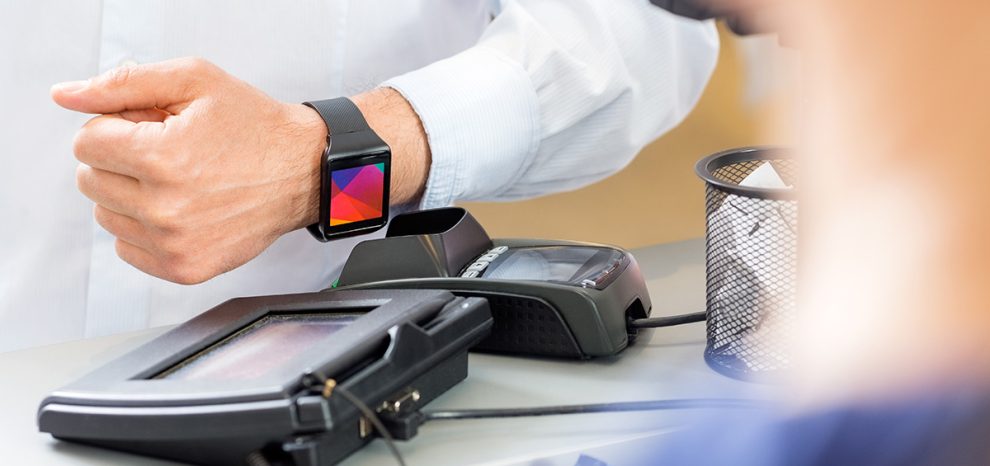The End of an Era: Fitbit Pay’s Transition
Since its introduction in 2017, Fitbit Pay has been a popular feature among fitness enthusiasts, offering a convenient way to make contactless payments directly from their wearable devices. However, following Google’s acquisition of Fitbit in 2021, a significant change was set in motion.
In recent months, Fitbit users have witnessed the gradual phasing out of Fitbit Pay in favor of Google Wallet integration. This shift promises to bring several advantages:
- Expanded card network support
- A unified payment experience across devices
- Potential for future innovations leveraging Google’s resources
Challenges in the Transition Process
While the move to Google Wallet offers numerous benefits, the transition hasn’t been without its hurdles:
- Initial lack of American Express support: This issue has since been resolved, but it initially caused frustration for many users.
- User confusion: Some Fitbit owners have reported uncertainty about which app to use for managing their payments.
- Technical glitches: As with any major platform change, some users have experienced bugs and temporary issues during the rollout.
Despite these challenges, Google and Fitbit are actively working to smooth out the transition, with regular updates addressing user concerns and expanding functionality.
The Broader Landscape of Wearable Payments
While the Fitbit Pay to Google Wallet transition has garnered significant attention, it’s important to consider the wider context of wearable payment technologies. Several major players are shaping this rapidly evolving field:
Apple Watch and Apple Pay
Apple continues to dominate the smartwatch market, with Apple Pay offering seamless integration for contactless payments. The company’s focus on user experience and security has made it a favorite among iOS users.
Samsung Pay
Samsung’s wearable payment solution boasts wide compatibility with both NFC and magnetic stripe terminals, giving it an edge in markets where contactless payments are not yet ubiquitous.
Garmin Pay
Catering to fitness enthusiasts and outdoor adventurers, Garmin has integrated contactless payment capabilities into many of its rugged smartwatches and fitness trackers.
Emerging Technologies in Wearable Payments

Beyond traditional smartwatches and fitness trackers, innovative companies are exploring new form factors for wearable payments:
- Payment rings: Devices like the McLear RingPay offer a discreet way to make contactless payments without the need for a watch or phone.
- Smart jewelry: Companies are integrating NFC technology into bracelets, necklaces, and other fashion accessories.
- Biometric wearables: Experimental devices using fingerprint or vein pattern recognition for payment authentication are in development.
Security: The Cornerstone of Wearable Payments
As wearable payment technologies become more prevalent, ensuring the security of users’ financial information remains paramount. Key security measures include:
- Tokenization: Replacing sensitive card data with unique identifiers to protect against fraud
- Biometric authentication: Using fingerprints, facial recognition, or other unique biological traits to verify transactions
- Secure elements: Dedicated chips for storing and processing payment information separately from other device functions
Despite these robust security features, user education remains crucial in preventing social engineering attacks and ensuring the safe use of wearable payment devices.
The Future of Wearable Payments: Challenges and Opportunities
As the wearable payments industry continues to evolve, several key challenges and opportunities emerge:
Interoperability
One of the most significant hurdles facing the industry is the lack of standardization across different platforms. Achieving interoperability between various wearable payment systems could greatly enhance user convenience and drive wider adoption.
Integration with IoT Devices
The potential for seamless integration with smart home devices and vehicles opens up new possibilities for frictionless transactions in various contexts.
Personalization and AI
Leveraging artificial intelligence to offer personalized financial insights and spending recommendations could add significant value to wearable payment platforms.
Conclusion: A Wearable Future for Payments
The transition from Fitbit Pay to Google Wallet represents just one chapter in the ongoing evolution of wearable payments. As technology continues to advance, we can expect to see even more innovative and convenient ways to make transactions using wearable devices.
For consumers, this means greater flexibility in how they manage their finances and make purchases. For businesses, it presents opportunities to streamline point-of-sale processes and offer enhanced customer experiences.
As we move forward, the key to success in the wearable payments space will likely hinge on balancing innovation with security, user experience, and interoperability. By addressing these challenges, the industry can unlock the full potential of wearable payment technologies, potentially revolutionizing the way we think about money and transactions in our daily lives.















Add Comment